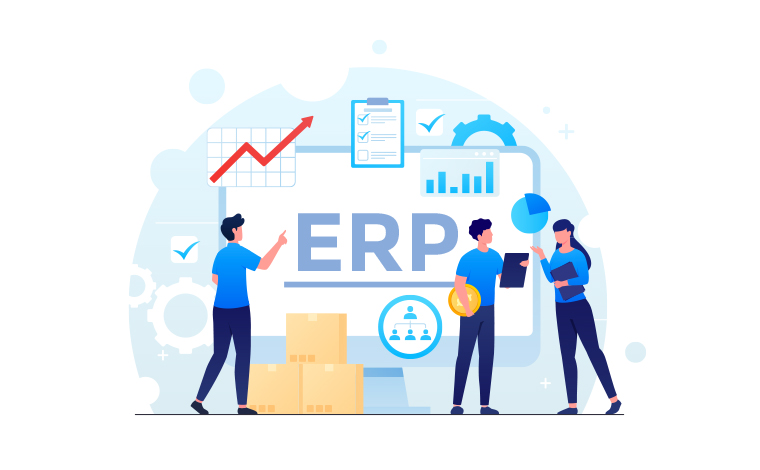
Human Capital Management (HCM) and Enterprise Resource Planning (ERP) package implementation involves the process of deploying software solutions designed to streamline and optimize various aspects of an organization's operations related to human resources, finance, supply chain, and other core functions.
Human Capital Management (HCM) systems focus on optimizing HR processes, including talent acquisition, onboarding, performance management, and employee development. Meanwhile, Enterprise Resource Planning (ERP) solutions integrate various functions such as finance, supply chain, manufacturing, and customer relationship management (CRM), providing a unified platform for data management and decision-making. The implementation process typically involves careful planning, customization, data migration, training, testing, and post-implementation support. By successfully implementing HCM & ERP packages, organizations can achieve improved workforce management, operational efficiency, data accuracy, and overall business performance.
Integrating AI (Artificial Intelligence) and ML (Machine Learning) into Oracle ERP (Enterprise Resource Planning) and HCM (Human Capital Management) platforms can significantly enhance their capabilities. These integrations can automate processes, provide predictive insights, improve decision-making, and enhance user experience. Here’s an overview of how AI and ML can be integrated into these platforms:
SJTS Services manages the full lifecycle of Oracle Fusion ERP and HCM implementation. This includes project planning, system configuration, data migration, user acceptance testing (UAT), cutover planning, production deployment and go-live support.
Tailoring Oracle Fusion ERP and HCM to meet specific business requirements. SJTS Services ensures that custom Boltons, workflows, and functionalities are aligned with the organization's unique needs.
Seamlessly integrating Oracle Fusion ERP and HCM with other enterprise systems and third-party applications to ensure data consistency and unified business processes.
Ensuring accurate and secure migration of data from legacy systems to Oracle Fusion ERP and HCM, maintaining data integrity and consistency.
Developing and delivering tailored training programs to ensure your team is proficient in using Oracle Fusion applications. Providing comprehensive user manuals and documentation to support ongoing learning and reference. Offering dedicated support during the go-live phase to address any immediate concerns or issues. Providing continuous support and maintenance to ensure the stability and performance of your Oracle Fusion environment.
Transforming from legacy system to Oracle Fusion with a detailed cutover strategy and ensure a smooth transition. Meticulous strategy with thorough planning, rigorous testing, effective training, and continuous support, ensuring minimal disruption and maximum efficiency during the transformation process.

Overall, the implementation of HCM & ERP solutions empowers organizations to achieve greater agility, competitiveness, and long-term success in today's dynamic business landscape.
Here are some of the FAQ's that can serve as a convenient resource for individuals seeking quick answers to common inquiries without the need for direct interaction with customer support or representatives.
It helps organizations optimize operations, improve efficiency, and make informed decisions based on real-time data.
Vendors typically offer support services, including troubleshooting, updates, and maintenance, to ensure system stability and performance.
Challenges may include data migration, customization, user adoption, and integration with existing systems.
Considerations may include functionality, scalability, vendor reputation, support services, and total cost of ownership.